Nimble Action to Address Emerging Issues
How is the CA-CESU taking action to respond to issues that affect our natural resources today? The natural environment and cultural/historic resources allow people to feel connected to nature and understand the past. Addressing emerging issues and protecting our natural resources is salient to practice being better stewards of the land, water, history, and culture. Learn more about projects taking nimble action below.
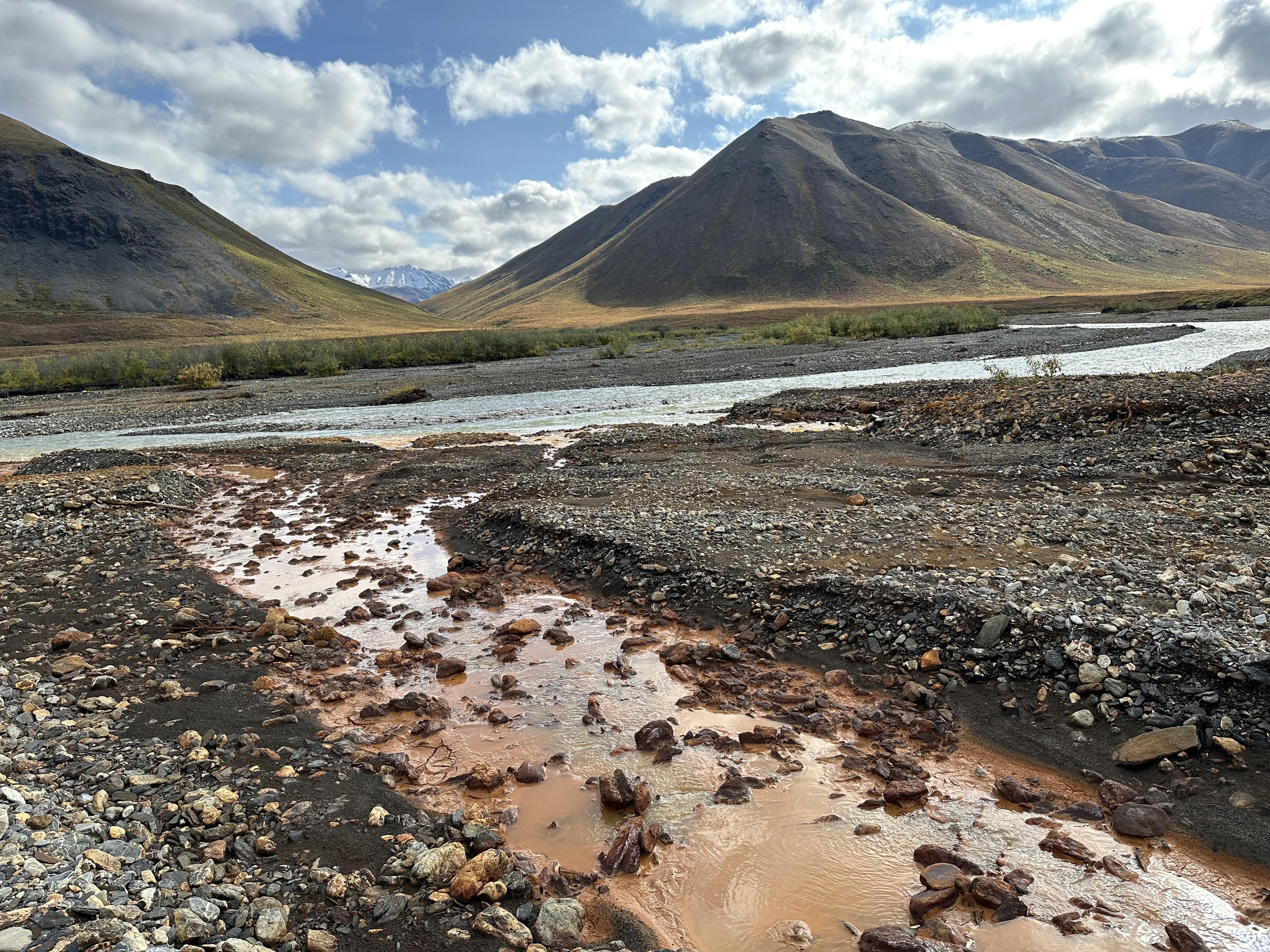
[image caption]
Rusting Rivers of the Alaska Arctic National Parks
Years Active: 2024 - 2026
PI: Brett Poulin (University of California, Davis)
In recent years, streams and watersheds in the Alaskan Arctic have been experiencing an increased frequency of disturbances such as permafrost thaw, thaw-induced erosion, and wildfires. These disturbances alter the flux of organic carbon, nutrients, and trace minerals into Arctic rivers. Recently, an increase in the release of metals into Arctic rivers has been observed, including iron (Fe) and other trace metals, which could have important implications for fish ecosystems and subsistence fishing. Numerous Arctic communities such as Kivalina and Kiana cities rely on parkland streams for drinking water and fishing, however there is a lack of data on the impacts of metal contamination in these rivers. University of California Davis will work in collaboration with the National Parks to analyze water samples to characterize the dissolved organic matter concentration and composition, major nutrients and ions, major metals, and trace metals found across Arctic rivers, and analyze invertebrate and fish from rivers. The findings from this study will help inform on the effects of the recent changes in Arctic rivers on fishing and fish consumption and assist Arctic communities assess their vulnerability to contamination from Fe and other metals within Arctic streams.
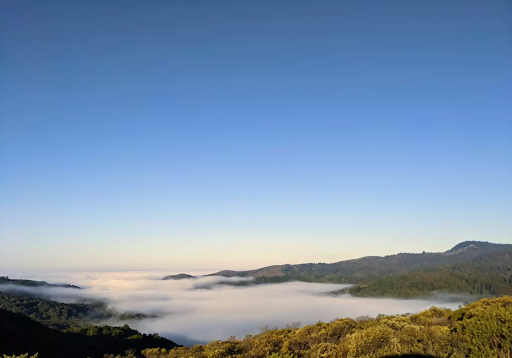
[image caption]
UC Davis Climate Adaptation Fellowship
Years Active: 2024-2026
PI: Sarah J Smith (University of California, Davis)
The effects of climate change are evident across the NPS system. Every aspect of NPS responsibilities, including natural and cultural resources stewardship, facility management, planning, park operations, and visitor experiences, are faced with these effects. To address these issues, this project will allow the NPS and UC Davis to partner in implementing a Regional Climate Change (CC) Fellow in the Pacific West Region (PWR). The CC Fellow will guide and assist managers and park planners in using the best available science and Indigenous knowledge to determine suitable climate adaptation actions as a routine component of park plans. The CC Fellow will work with interdisciplinary park teams and be part of a group of Regional CC Coordinators that exist in three other NPS regions: the Intermountain Region (IMR), Northeast Region (NER), and Southeast Region (SER). While the PWR has staff in all divisions that address aspects of climate change, the CC Fellow will be able to focus on the coordination that is needed for an expanded and accelerated response to the rapid pace of environmental change.
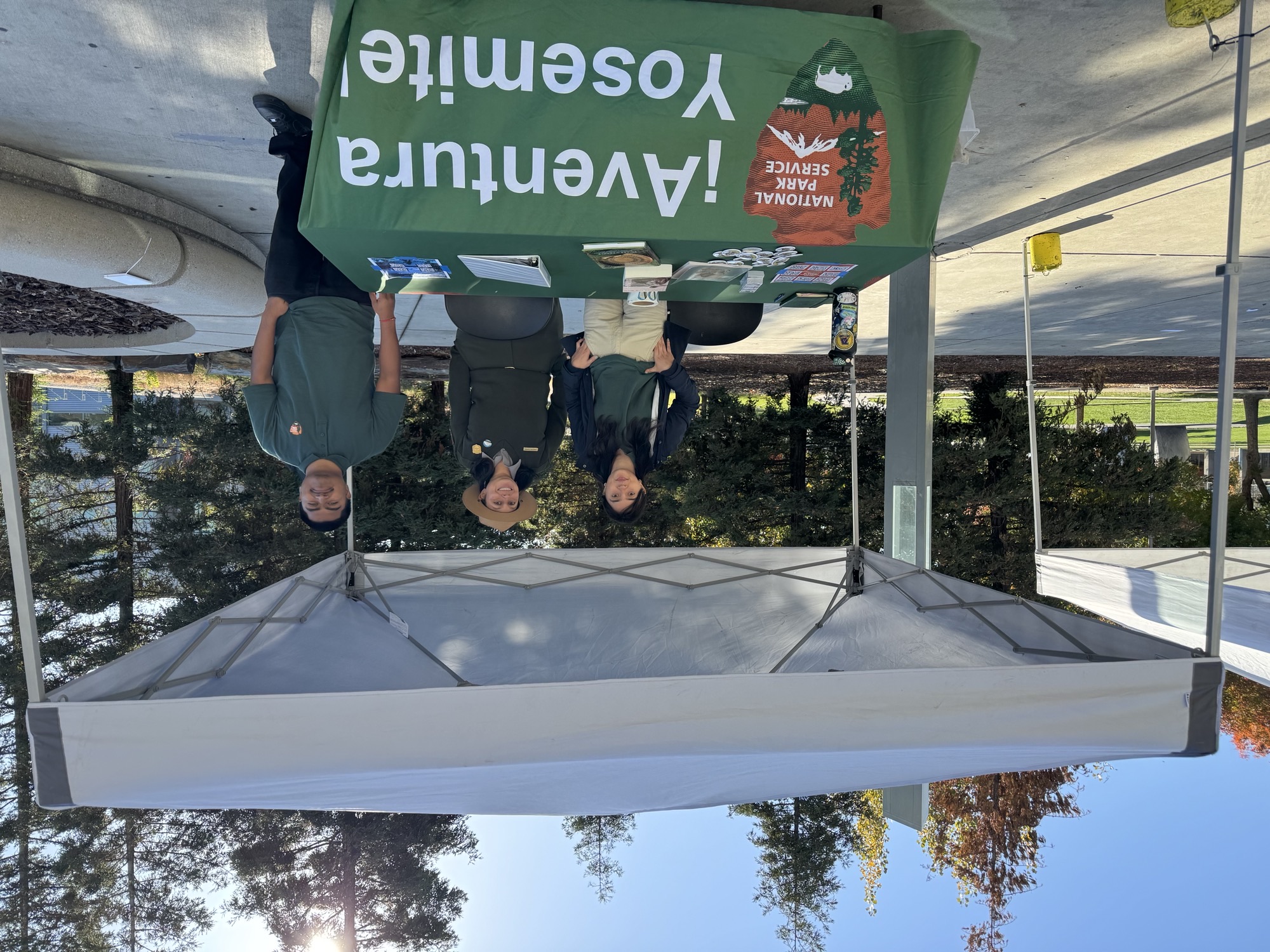
[image caption]
Pathways to Parks Program, Summer Student Internships in Yosemite National Park
Years Active: 2024-2025
PI: Jessica Malisch (University of California, Merced)
This project aims to create ongoing opportunities for undergraduate and graduate students to work in Yosemite National Park, gaining experience in park management. This project is part of the NPS Pathways to Parks program, which helps prepare students for future park employment opportunities. Internships are available in a variety of operational areas and include real-world experience in park administrative support, facilities management and operational assistance, natural and cultural resource management, visitor support, interpretation, and education. These experiences will allow students to apply their classroom knowledge to real NPS situations and learn the inside realities of park employment, preparing them to be competitive applicants and effective future employees.
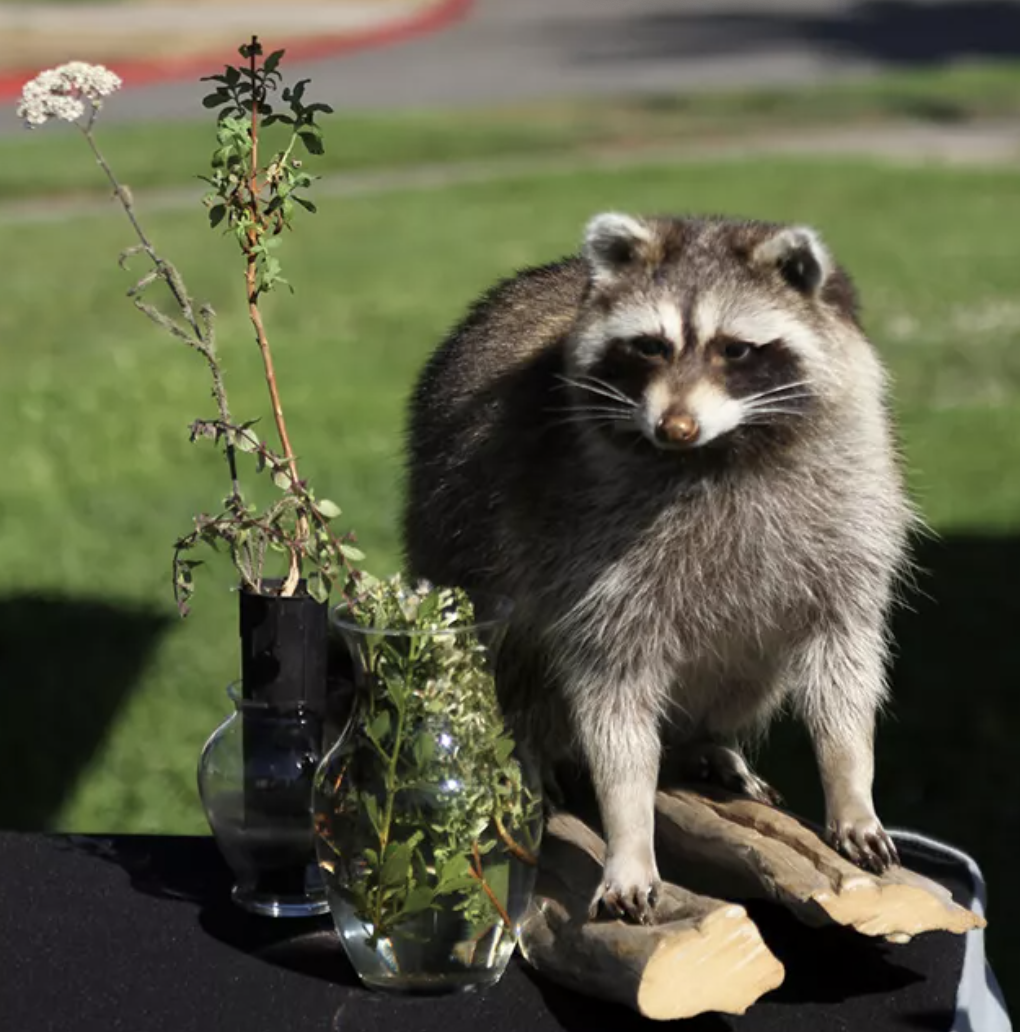
[image caption]
Mesocarnivore Coexistence at the Urban Interface
Years Active: 2024 - 2029
PI: Christopher Schell (University of California, Berkeley)
The Golden Gate National Recreation Area will be partnering with the Shell Lab of University of California, Berkeley, to establish a mesocarnivore research program within the park. The aim of this program is to gain a deeper understanding of mesocarnivore behavior and wildlife-human interactions to overall improve coexistence within the park and city. Food-conditioned mesocarnivores living in urban areas are prone to car strikes, are at risk of disease, and pose a safety risk to humans. It is difficult to try and manage mesocarnivore behavior, as it is difficult to change human behaviors which lead to food conditioning which thus influences the mesocarnivores. The goals of this project are to collaboratively work to collect scientific data through capturing, sampling, and tracking of coyotes and other mesocarnivores. The data collected will be used to better protect these species and also reduce conflict with park visitors, partners, adjacent communities, and encourage sustainable interactions.

[image caption]
Cloud Forest Restoration and Education on Santa Rosa Island in Channel Islands National Park
Years Active: 2017-2027
PI: Robyn Anne Shea, Annie Little, David Mazurkiewicz
The Santa Rosa Island Research Station (SRIRS) is operated by CSU Channel Islands and the National Parks Service. Through this partnership, SRIRS provides students, faculty, researchers, and the local community with resources, facilities, and opportunities to engage in natural and cultural resource-based research and education. Currently, SRIRS facilitates an ongoing cloud forest restoration project on Santa Rosa Island. This project provides K-12 students, undergraduate students, and members of the public with opportunities to learn about and participate in cloud forest restoration activities. These activities include native seed collection, erosion control, native plant propagation, and other site restoration tasks. Additionally, the project will develop interpretive materials about the cloud forest project that will be used to communicate the project to the public, engaging both staff and students from CSU Channel Islands.
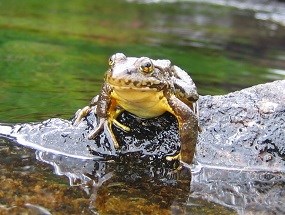
Increasing Resilience of Endangered Sierra Nevada Yellow-legged Frogs
Years Active: 2020-2025
PI: Thomas C. Smith (University of California, Santa Barbara)
Yellow-legged frogs were once the most abundant amphibian in the Sierra Nevada. The declines have escalated since the late-1970s leaving the species critically endangered. Causes of this decline in Yosemite, and across the Sierra Nevada, include the introduction of nonnative trout into naturally fishless lakes and streams and an emerging amphibian disease. Several types of recovery efforts are currently being implemented across the Sierra Nevada to reverse the decline of the Sierra Nevada yellow-legged frog, including removal of nonnative trout, frog translocations and reintroductions, and treatments to reduce frog susceptibility to Bd - a prominent fungal pathogen that causes disease in amphibians.
The purpose of this continuing study is to: (1) use mark-recapture methods to describe the population sizes and trends of several naturally-occurring Sierra Nevada yellow-legged frog populations that may serve as sources for future frog translocations; (2) use mark-recapture methods to describe the population sizes and trends of several translocated frog populations; (3) conduct additional translocations to continue the effort to expand the distribution of frogs in Yosemite; and (4) conduct amphibian visual encounter surveys at up to 20 additional sites to assess the status of particularly important populations.
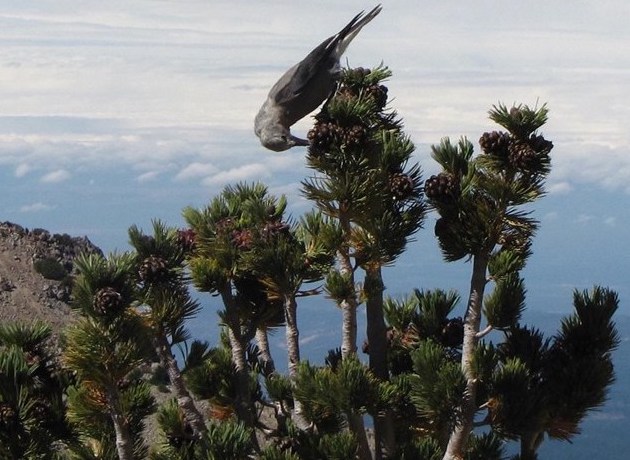
Understanding Regional Genetics to Sustain Whitebark Pine at Lassen Volcanic National Park
Years Active: 2022-2024
PI: Amanda De La Torre (Northern Arizona University)
Whitebark pine is a keystone species in high elevation ecosystems, regulating snowmelt and providing food for 20 seed predators across its range. At present, whitebark pine has been proposed for listing as threatened by USFWS under the Endangered Species Act. This project proposes to provide a genome-wide assessment of whitebark pine population genetics to address declining populations at Lassen Volcanic National Park and support long-term management of the species. This project will provide a genome-wide assessment of genetic diversity levels, population structure, gene flow patterns, and inbreeding across the natural whitebark pine range including identifying populations/genotypes that are genetically different/unique, and with higher frequency of alleles associated with BR resistance or adaptation to warmer climates.
